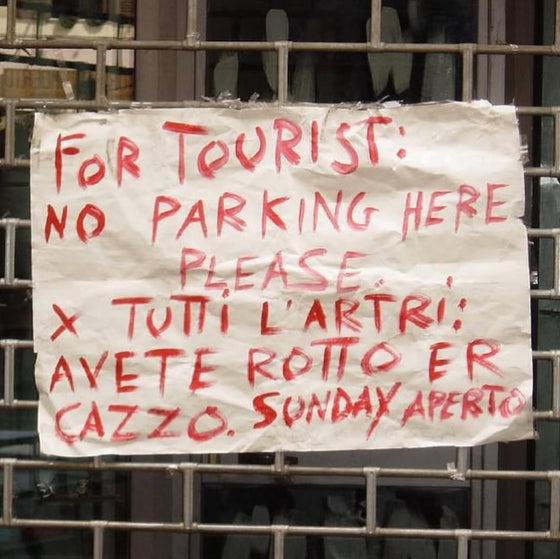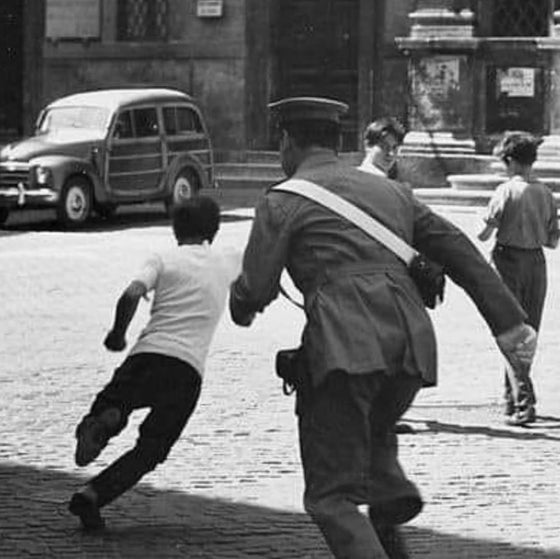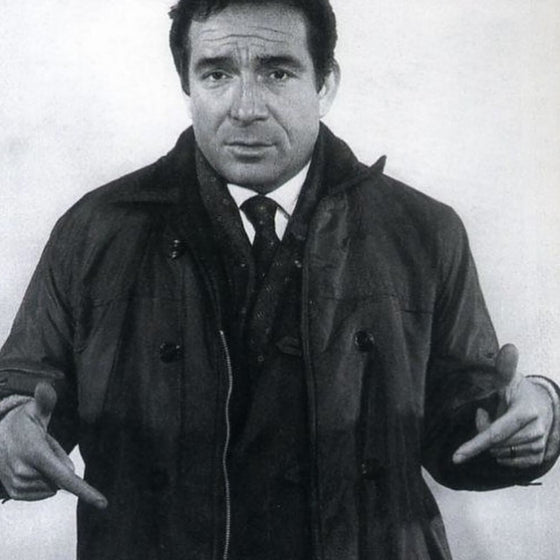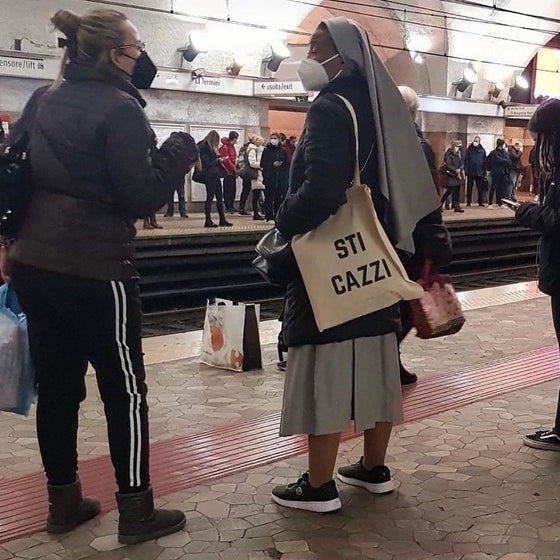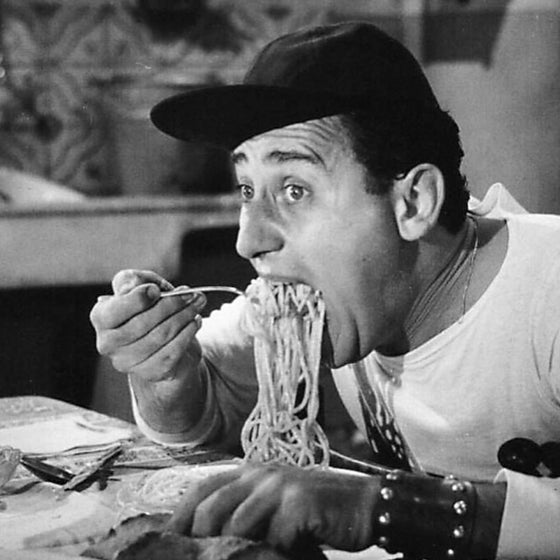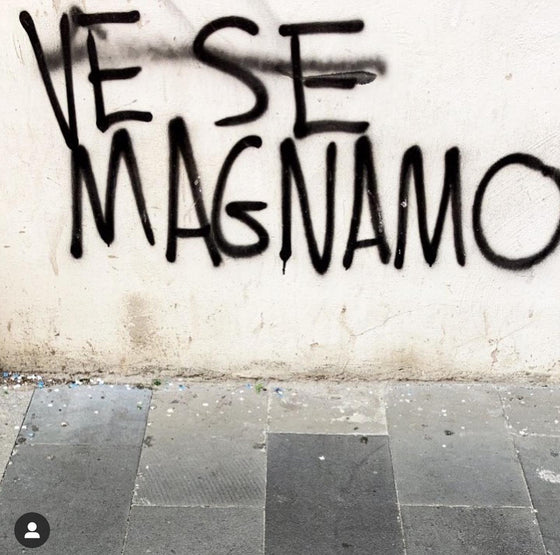
Born in Naples in 1949, he moved to London in 1972 to devote himself to photography, although in the early 1970s he adapted to the most varied professions. His professional debut in the world of photography took place in 1975, when - thanks to his employment at the pop-rock weekly Radio Guide Magazine - he began touring England photographing concerts and pop music characters. Later he began to collaborate as a free-lance photographer for The Sunday Times Magazine, which dedicated to him the first cover for the reportage "La Mattanza". Later he also collaborates with L'Observer Magazine.
In 1980 Francesco Cito was one of the first photojournalists to clandestinely reach Afghanistan occupied by the invasion of the Red Army and, following various guerrilla groups fighting the Soviets, he traveled about 1200 KM on foot. His photographs of the first Red Star soldiers who were ambushed. In 1982-83 he made a report on the Camorra in Naples, published by the major national and foreign newspapers. Also in Naples in 1978 he made a report on cigarette smuggling from within the smuggling organization for The Sunday Times Magazine. In 1983 he was sent to the Lebanese front from the Weekly Era and follows the ongoing conflict between the Palestinian factions, represented by the pro-Syrian leader Abu Mussa and the nationalist Yasser Arafat, founder of Al-Fatah (Organization for the Liberation of Palestine). Cito is the only photo-journalist to document the fall of Beddawi (refugee camp), Arafat's last stronghold in Lebanon. He later documents the various phases of the Lebanese civil war up to 1989. In particular, in 1984 he devoted himself to the conditions of the Palestinian people within the occupied territories of the West Bank (West Bank) and the Gaza Strip. He follows all the phases of the first "Intifada" of the years 1987-1993 and of the second in the period 2000-2005, being wounded three times during the clashes. In 1989 he was sent to Afghanistan on the Friday of the Republic and still moves clandestinely in the wake of the "Mujahideen" to tell the story of the Soviet retreat. He will return to those areas again in 1998 sent by the weekly Panorama, with the intention of meeting Osama Bin Laden (meeting never happened due to the start of the bombing). In 1990 he was in Saudi Arabia in the first "Gulf War" following the first contingent of US Marines after the Iraqi invasion of Kuwait. It follows the whole process of the "Desert Storm" operation and the liberation of Kuwait (February 27-28, 1991). In the 90s he documents the different phases of the Balkan conflicts. In 1994 he made a report on the extremist Israeli settlers for the German weekly "Stern". In 1995 he won the third World Press Photo prize for the reportage with "Neapolitan weddings". In April 2002 he was among the few to enter the Jenin refugee camp under curfew and siege for 40 days by the Israeli "Tzahal" army (as well as other cities administered by the Palestinian Autonomy Government). In Italy Francesco Cito often deals with mafia cases, but also with other kinds of events (such as the Palio di Siena which earned him the first prize at the World Press Photo in 1996) and other relevant aspects of contemporary society. From 1997 onwards, the goal is also aimed at Sardinia, documented outside the tourist itineraries to better read its social aspects and restore an identity more linked to traditions. This work is partly enclosed in a dedicated photo-book ("L'Isola al di là del mare", 2003). In 2007 he was invited by the Sakhalin Governorate (Russian islands former penal colony told by Chekhov) for a photographic work on the territory, during which he illustrates the life and production activities following the discovery of huge oil fields. This work has been the subject of a photographic exhibition and a photo book on the subject published in Russia ("Sakhalin", 2007). Between 2005 and 2011 he carried out a documentary work in Palestine of the various phases of the construction of the Israeli wall, subsequently exhibited in various Italian cities. In 2011 he dedicated himself to documenting the conditions of Palestinian children suffering from deafness problems. This work too has been the subject of a photographic exhibition (in Bergamo), like the complex work on the coma theme (“Vite suspended”), still under construction, exhibited several times in various Italian locations. In 2015, the Author created the photographic exhibition "Color W&B" in Seravezza (Lucca), a retrospective of the many reportages conducted over the years in various countries around the world. On the occasion of this exhibition, he produces the book "Francesco Cito, Photographer", accompanied by texts by Ferdinando Scianna and Carlo Verdelli. In his long and intense career as a photojournalist, Francesco Cito has collaborated with the major national and foreign newspapers. To name a few: Era, People, The Friday of the Republic, Italian Illustration, L'Espresso, L'Europeo, Oggi, Panorama, Sette-Corriere della Sera, D Donna, Io Donna. And then: Die Zeit Magazine, Figaro Magazine, Frankfurten Allemain Magazine, Life, Paris Matche, The Independent Magazine, The Observer Magazine, Sunday Times Magazine, Stern, and more.


